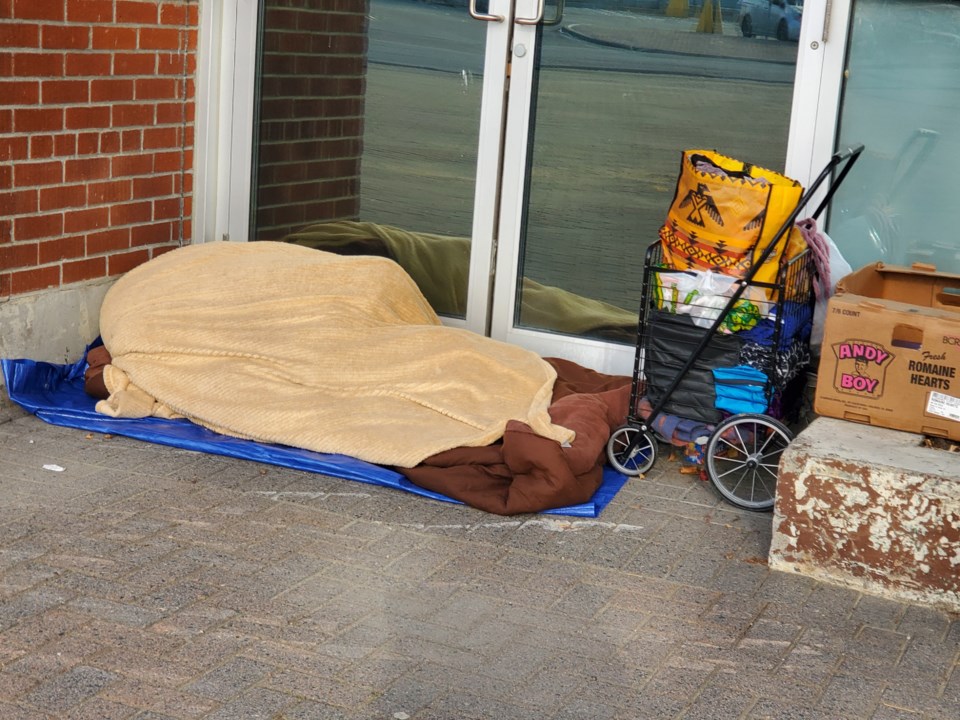Toronto social services officials released a plan on Tuesday to make the city's homeless shelters less dangerous.
The report claimed a “small group” of people who use the shelters are responsible for “a sizeable number of critical incidents” within the system.
The claim was backed up by a two-year study of issues around shelter safety run by the Centre for Addiction and Mental Health (CAMH), which found that over a third of city staff working in shelters felt unsafe. That number rose to over 43 per cent for staff who are Black or Indigenous.
Shelter staff and people using the system generally supported "service restrictions" — in other words, kicking someone out of the shelter system for a defined period of time — as a response to violence.
However, the CAMH study noted such action tended to make the situation even worse for those facing restriction, and may push them toward substance use and unsheltered homelessness.
In May, the city's shelter system launched an information-sharing tool called the Behavioural Risk Alert Safety System, designed to track system users with a history of violence. The plan includes training more staff to use it.
The proposed budget also includes $20,000 a year to train staff to deal with incidents involving crystal meth, as well as approximately $400,000 to train staff to deal with anti-Black racism.
The CAMH study also looked at who was more likely to be victims of shelter-based violence, namely:
- People with mental illness
- Substance users
- Gender-diverse people
- Members of visible minorities
- Women
On any given night, the city houses over 12,000 people in the shelter system: about 9,500 in actual shelters while the remainder are families in bridging hotels. About 230 people a day are turned away due to lack of space. About half of the people in shelters, or about 4,600, are refugees.
The package will go to the the city's economic and community development committee on Nov. 26 and if passed, to city council in December.
